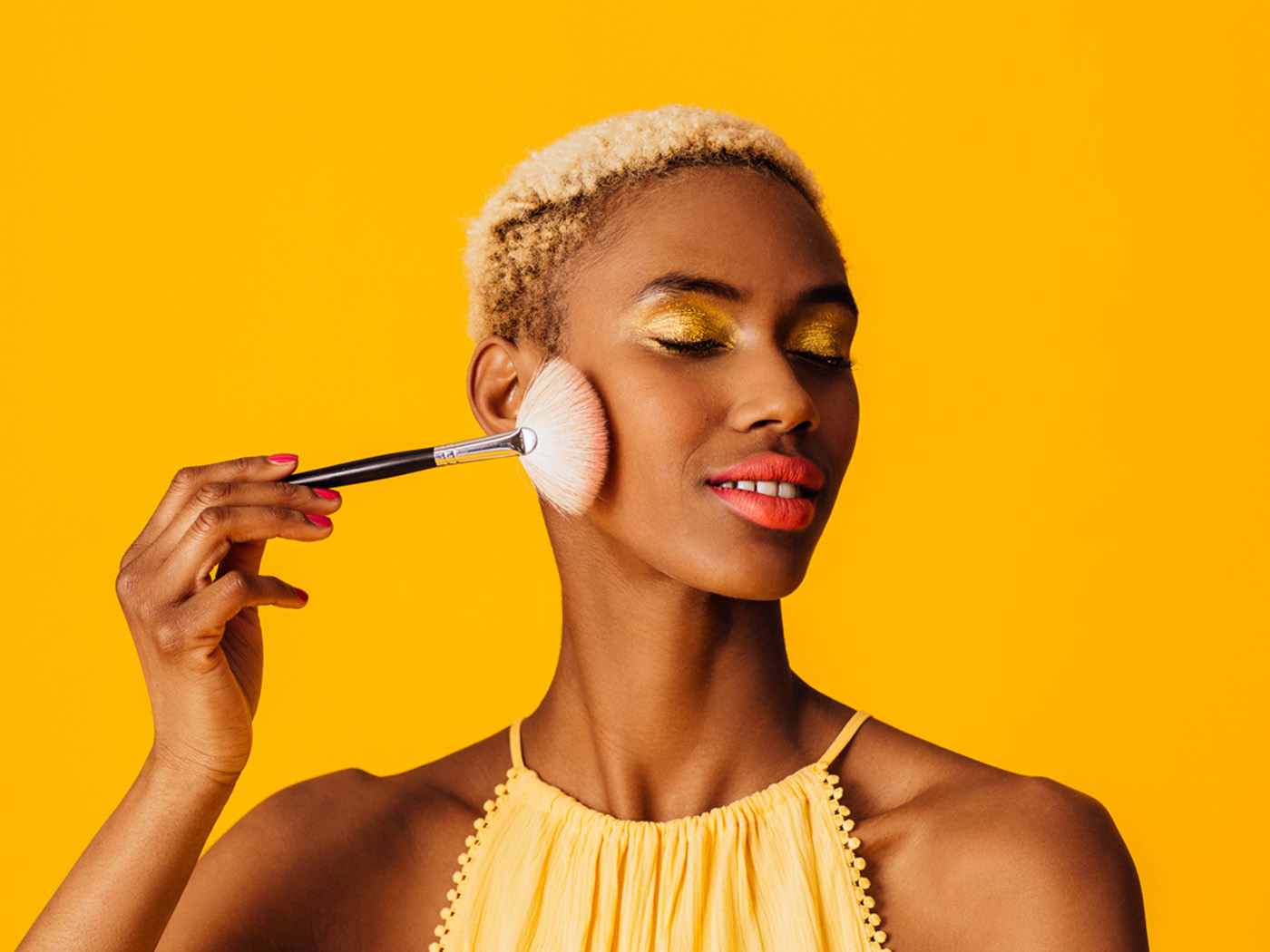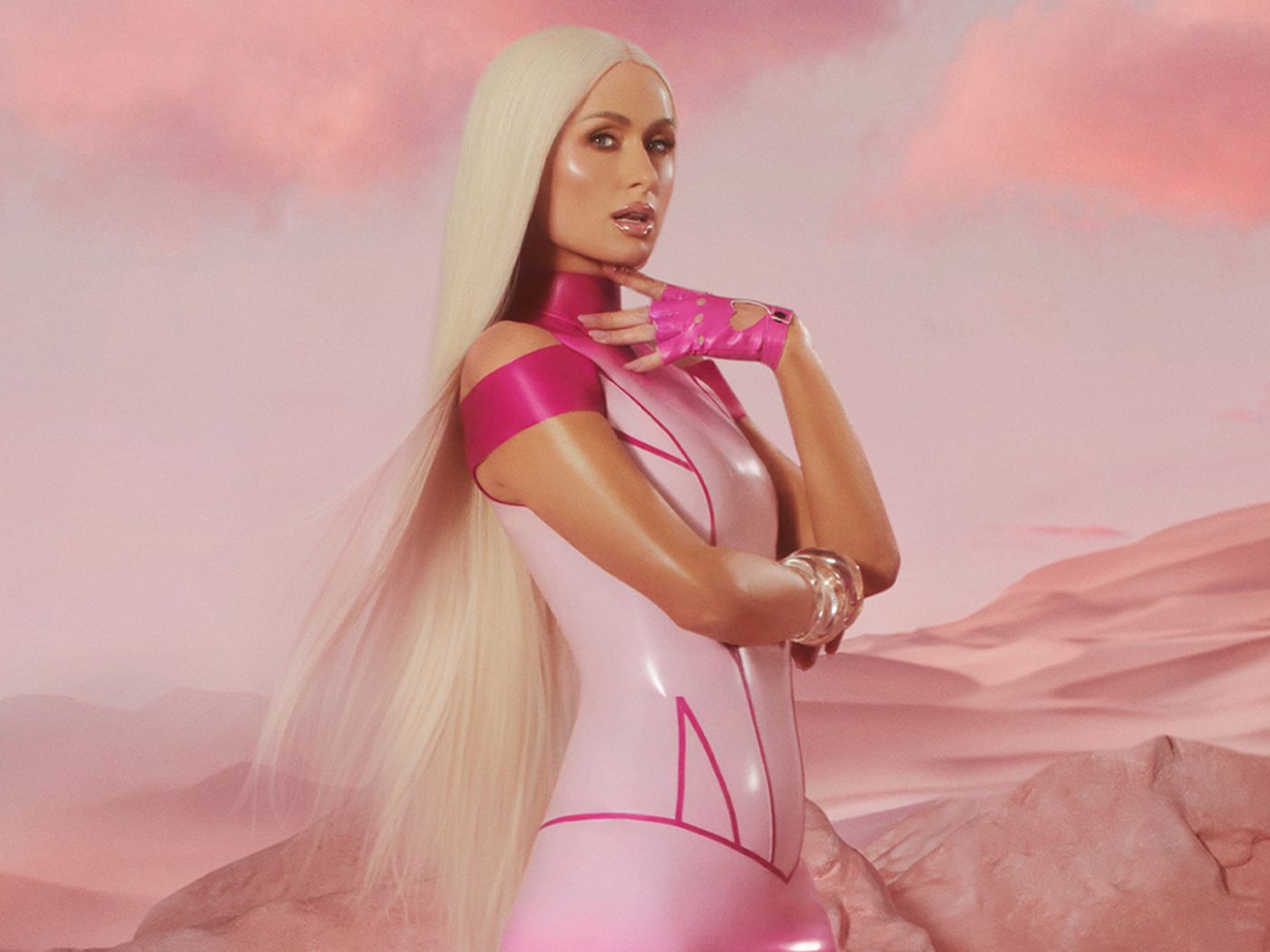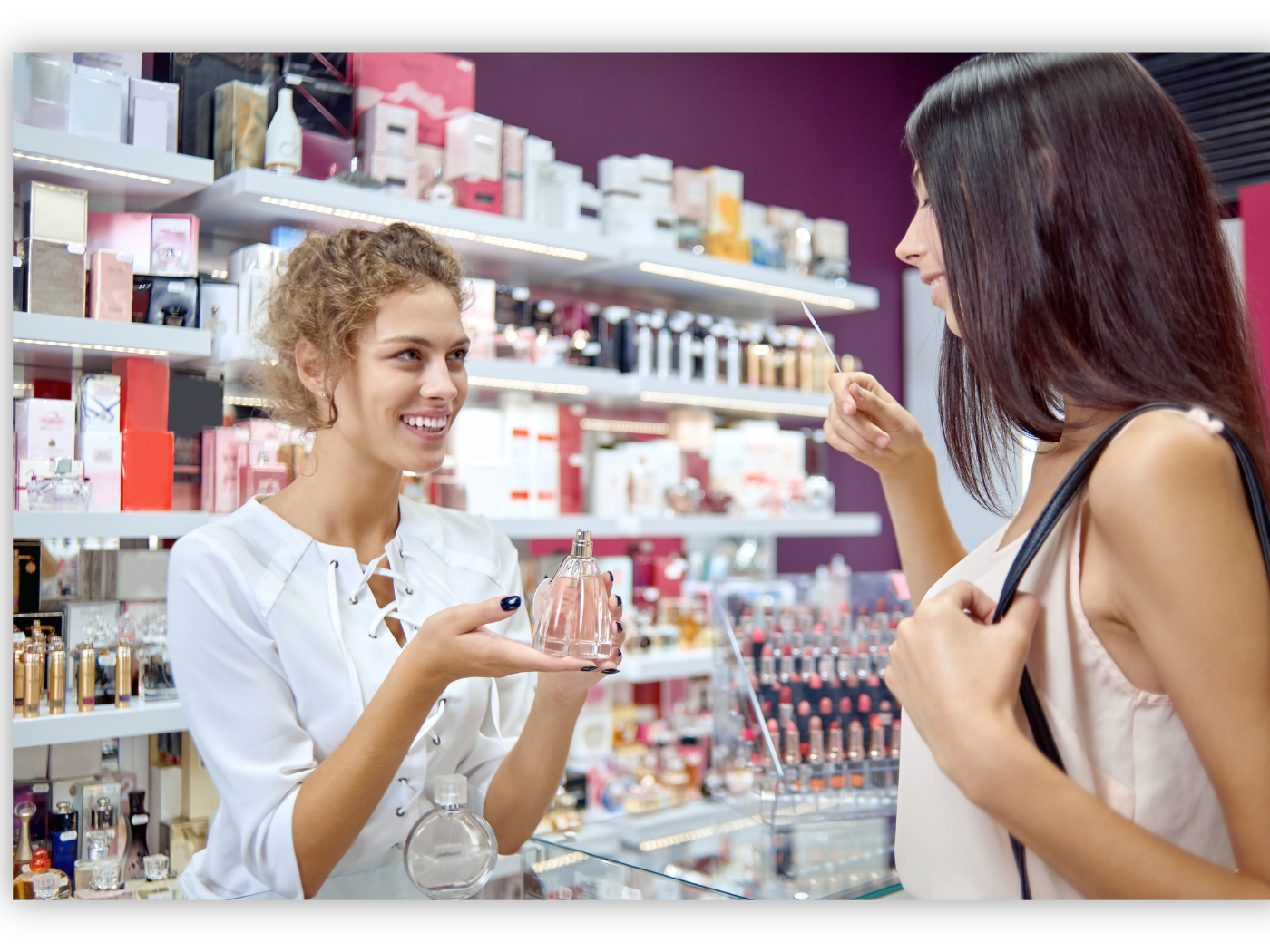Beauty’s leading mass and prestige players posted quarterly sales last week, revealing the highlights and lowlights during their most recent three-month periods.
E.l.f. Cosmetics, one of mass beauty’s chief innovators, showed how it’s winning over consumers with lower-priced dupes of prestige products. The company, which reported a third quarter net sales jump of 49 percent to $146.5 million, continues to pump out viral, buzzy products that attract shoppers.
“Consumers continue to show a willingness to spend at the higher end of E.l.f.’s price range for new innovation,” writes Ashley Helgans for Jefferies Research. Nationally, E.l.f. is the number-four cosmetics brand with a 7 percent share, and this spring is expanding its presence in Walmart and Target, as well as in Shoppers Drug Mart.
Estée Lauder, on the other hand, reported a challenging second quarter, one that was impacted by COVID-related pressures, including the rising number of COVID cases in China and lower shipments of replenishment orders in the U.S. Lauder posted organic net sales declined 11 percent to $4.62 billion, and earnings per share decreased 49 percent to $1.54. As expected, the company reset fiscal expectations to reflect a delayed but sharp recovery in China and travel retail.
“Hainan retailers are currently burdened with excess inventory on prolonged closures, but inflection is expected in the fourth quarter,” writes Ashley for Jefferies, adding, “with a second half outlook reflecting increased productive distribution, price increases, and incremental cost savings.”
Lauder’s fiscal year guidance now estimates sales declines of between 5 percent and 7 percent.
Here, some of the highlights from each company’s earnings call — insights to help executives better compete with the industry’s leaders.
- During its third quarter, E.l.f. outperformed the color cosmetics category, growing 36 percent in tracked channels, (the category grew at 8 percent) and increased its brand rank to four (up from five).
- E.l.f. Skin significantly outperformed the category, growing 34 percent in tracked channels, compared to 6 percent for the category.
- E.l.f. is releasing its first ever T.V. commercial at Super Bowl LVII on February 12. The 30-second spot, which will air in the second quarter, spotlights its mega viral TikTok Power Grip Primer, E.l.f.’s top-selling SKU and the number-two-selling SKU across U.S. mass cosmetics.
- One example of E.l.f.’s “makeup for less success” is its Poreless Putty Primer. Poreless Putty took inspiration from a prestige brand several years ago, which introduced a new primer format with a price tag of $52. Poreless Putty Primer retails for $8 and has since invited a much wider range of consumers into the space, significantly expanding the entire category, and sells nine times better than its prestige competitor.
- E.l.f also expanded the concealer category with the launch of Camo Concealer, which sells for $7, compared to a prestige comparison at $31. Over the last year, E.l.f sold nearly double the units of the prestige comparison with both the Camo Concealer and the prestige product growing units at a double-digit pace.
- E.l.f. now holds the leading position in the face primer category in both the mass and prestige markets. Currently the brand is building on its success of Power Grip Primer with 4% niacinamide.
- International is a “big white space opportunity” for E.l.f., accounting for 13 percent of quarterly sales. Tarang Amin, E.l.f.’s CEO, said the company’s digital business “was up over 75 percent for the quarter, accounting for 17 percent of sales, up from 14 percent last year.” E.l.f.’s Beauty Squad Loyalty Program grew 25 percent to 3.5 million members. The company also maintained 95 percent in-stock levels.
- Though Estée Lauder’s business guidance continues to be affected by inventory pull-backs and COVID challenges, its fundamentals remain strong, according to Jefferies. “[Lauder] continues to drive sales through innovation and marketing. Consumer understanding is a core pillar to prestige skin care, and as China and travel retail reopening continues, [Lauder’s] education engines will continue to build and drive sales.”
- Lauder’s fragrance portfolio continued its long-running double-digit organic sales growth streak in the second quarter, rising 12 percent. Organic net sales in hair care rose 4 percent, while makeup sales declined 3 percent, the latter driven primarily by the COVID restrictions in China. M.A.C. and Clinique drove growth in both the Americas and in domestic markets in EMEA.
- Organic sales of skin care fell sharply in the quarter, with the biggest challenge being COVID in travel retail in Asia and with the Chinese consumer, given the category’s exposure, said Estée Lauder CEO, Fabrizio Freda. “Successes included The Ordinary, which saw organic sales growth accelerate from high single digits in the first quarter to strong double digits in the second quarter.”
- While the U.S. and domestic China were challenged in the quarter with sales falling single digits organically in each market, both look to be growth engines in the second half. For the U.S., the company is optimistic for a return to growth given improving monthly trends in organic sales and retail sales performance. Building on this momentum are innovations across brands, such as Clinique, after a successful pilot of Clinique Lab in Macy’s Herald Square.
- Online organic sales rose single digits in the second quarter, fueled by double-digit growth at La Mer. Online retail sales growth outpaced the industry during the quarter.
- Tom Ford Beauty is expected to achieve $1 billion in net sales annually over the next couple of years, a brand Lauder purchased during the quarter.




